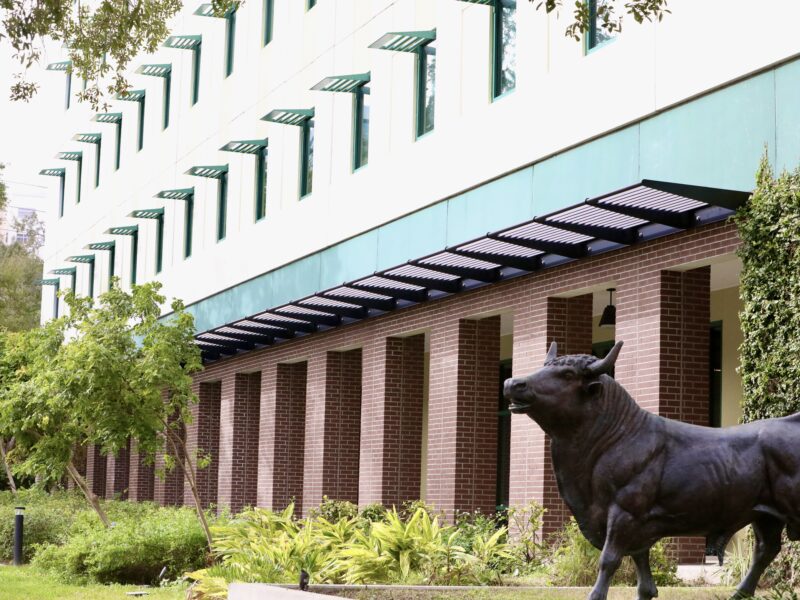In February, Beyoncé shocked the nation when she unleashed a surprise release of the controversial single.
Beyoncé has gotten a lot of heat since she released her song “Formation.”
The song, along with its music video, aired on Feb. 6 – the day before her Super Bowl 50 halftime performance.
Though reactions have been mixed, the surprise single has ignited criticism on social media sites and national news broadcasts.
Even her most loyal fans spoke out against the singer.
But I think critics are being too hard on her.
Much of the backlash regarded her creative decision to incorporate images of not only the Black Panthers, a group that fought for revolutionary socialism and practiced militant self-defense against the government, but also the more recent Black Lives Matter movement.

But the song goes deeper than that as it presents important statements about race, gender and politics.
To illustrate some of the modern-day struggles African-Americans endure, the video, filmed in Los Angeles, opens with Beyoncé on top of a New Orleans police car that’s partially submerged in a flood.
The image is said to portray how Hurricane Katrina, which hit the Louisiana city in 2005, has produced long-term damage in black neighborhoods.
The video also depicts the culture and lifestyle of African-Americans in the deep south in the early 1900s. Although slavery had been eradicated at that time, the women’s clothing represents the period, in which black individuals were still pushed to work for the white male majority. The white corsets emphasize the binding nature of oppression, while the following images of black men dressed in formal suits demonstrates the continuing rise of power among African-Americans.
And while the visual imagery is clear, there are more subtle messages throughout the video. For example, the message “Stop Shooting Us” is spraypainted on a wall, referring to the growing Black Lives Matter movement. The group condemns the high number of black people – especially young men – who are often targeted and killed by police.
Beyoncé wants their lives to be acknowledged.
In full, the song draws attention to the disproportionate loss of African lives as a result of the deeply-rooted, systemic racism in our society. The video simultaneously celebrates black culture, like natural hair, as seen on Beyonce’s 4-year-old daughter Blue Ivy and the backup dancers.
There are some racial stereotypes in the video, but I think they serve a purpose. Instead of avoiding the stereotypes, Beyoncé embraces them.
She takes many long-perceived “negatives” of black culture and redefines them as positives, telling fellow African-Americans that not only is it “ok” to be their true selves, but to be proud of it.
It really is a shame that in this day and age, she’s criticized for expressing herself when dozens of musicians before her have made bold political statements
As a young African-American woman, I feel a strong connection to Beyonce’s message. I can understand her desire to remind people of what African-Americans have gone through, and why we have continued to fight the good fight.


